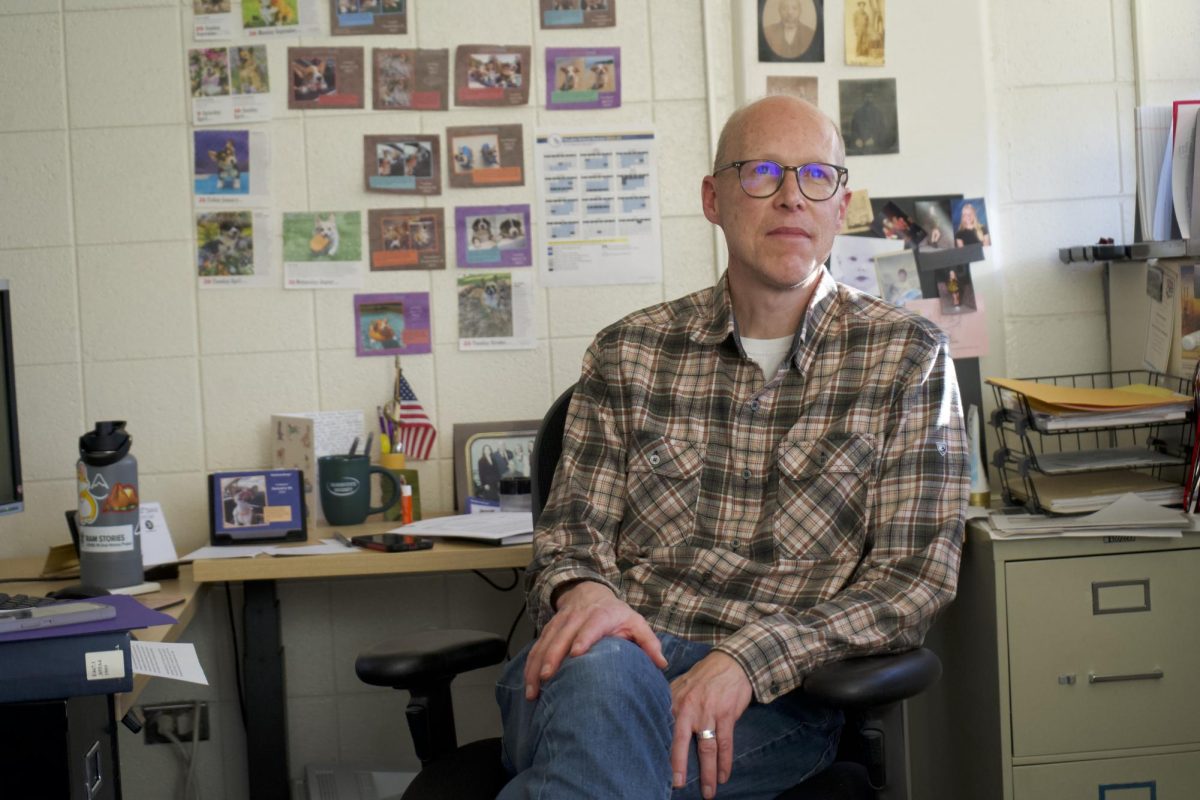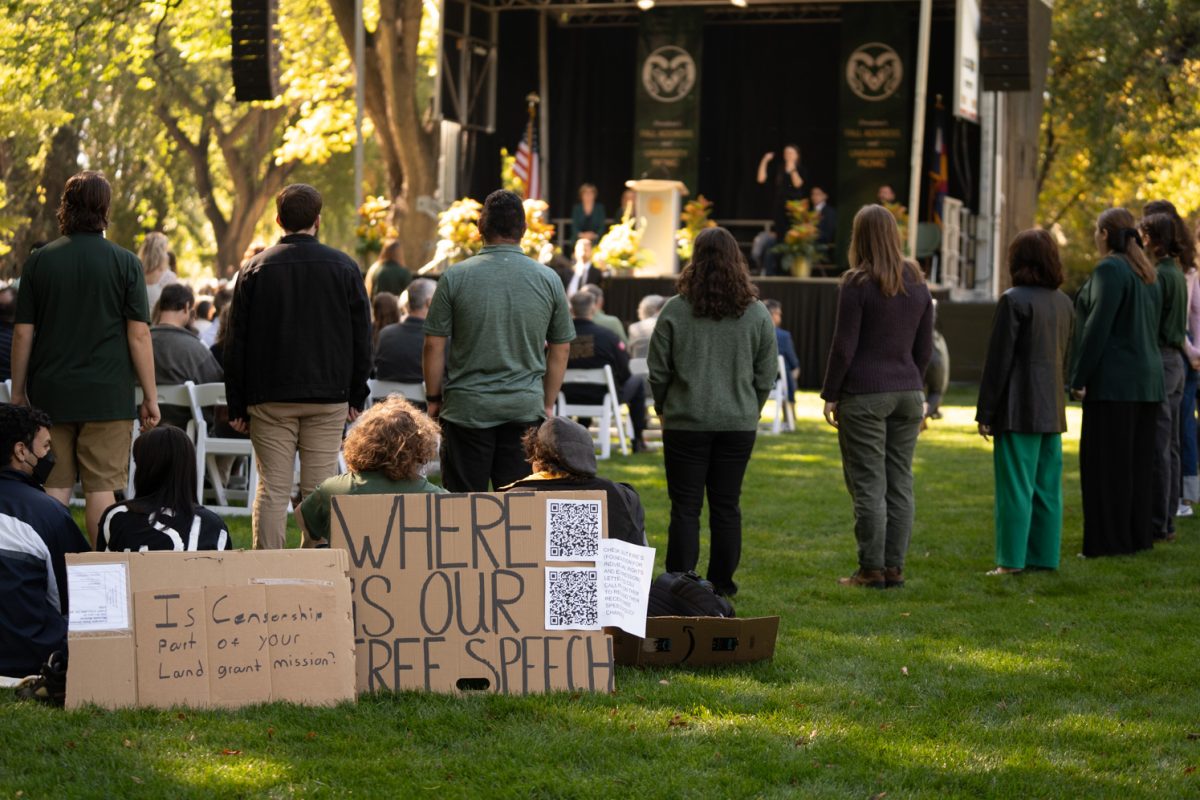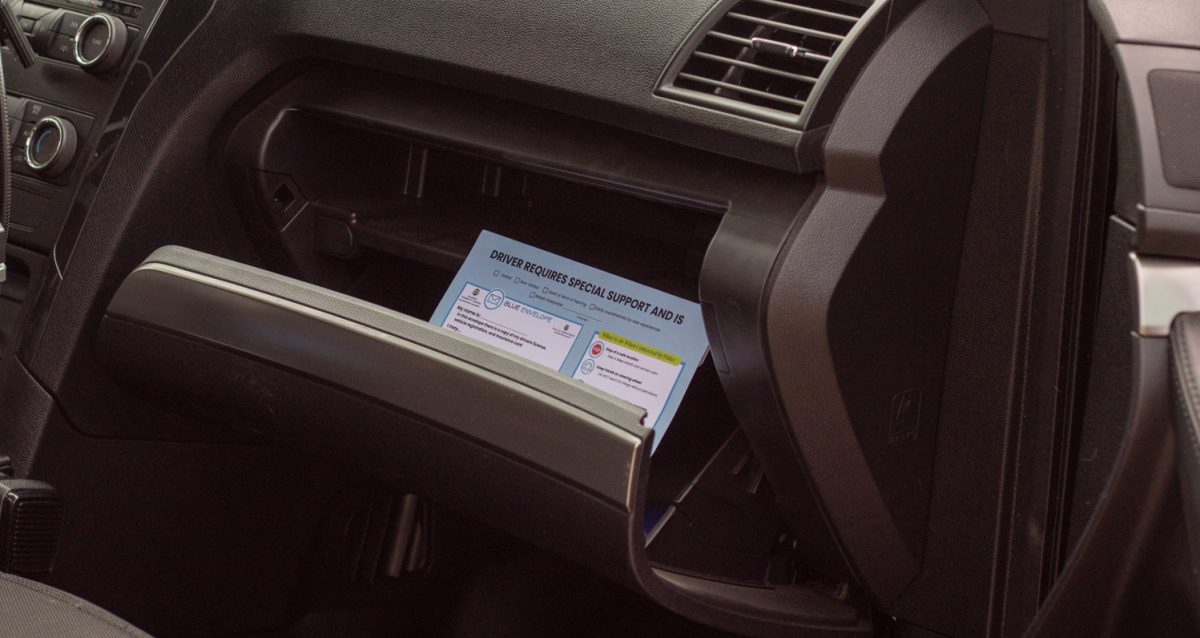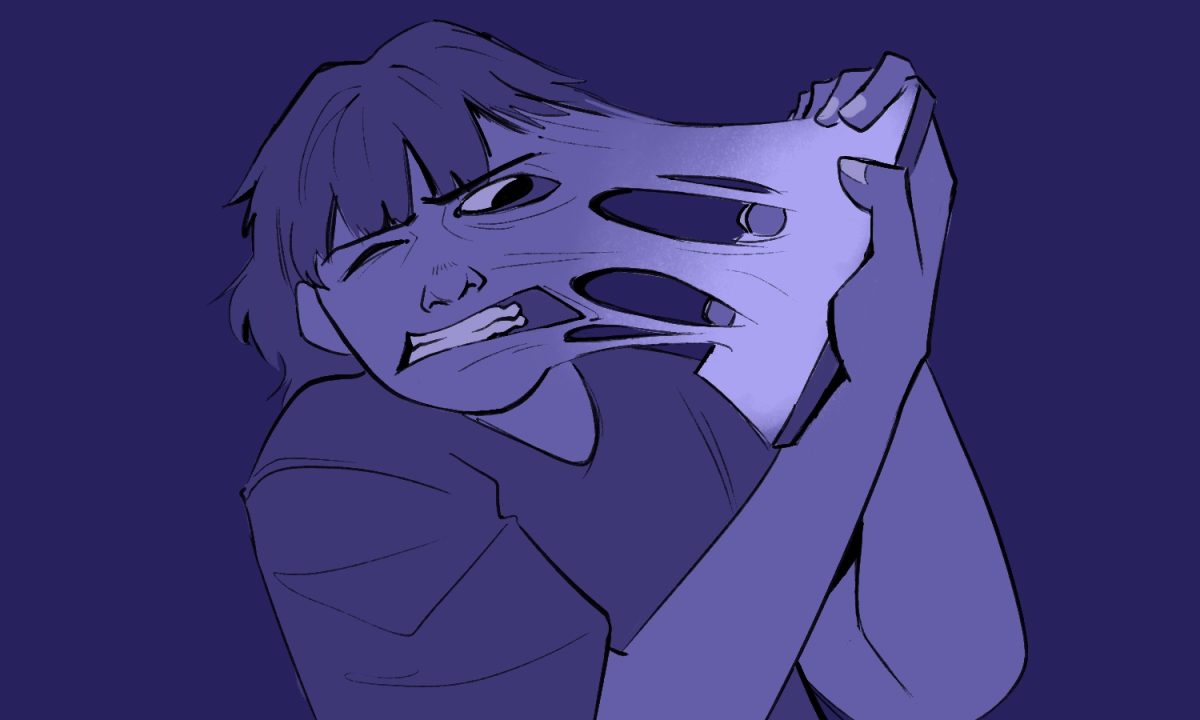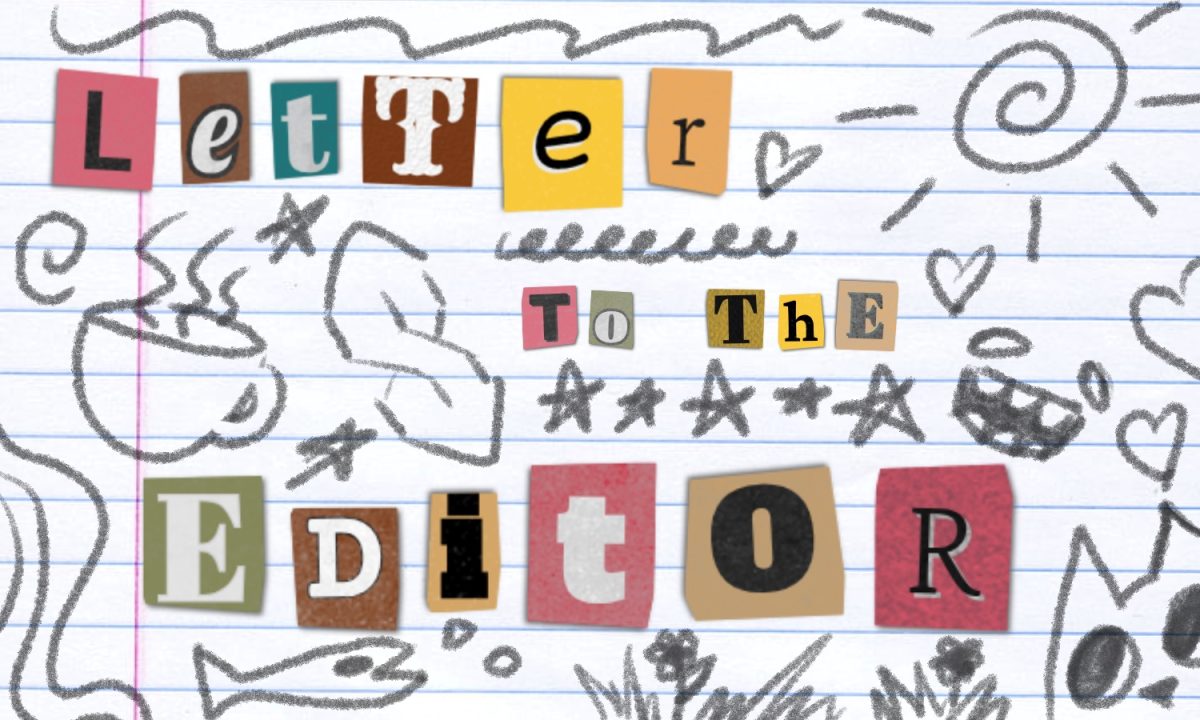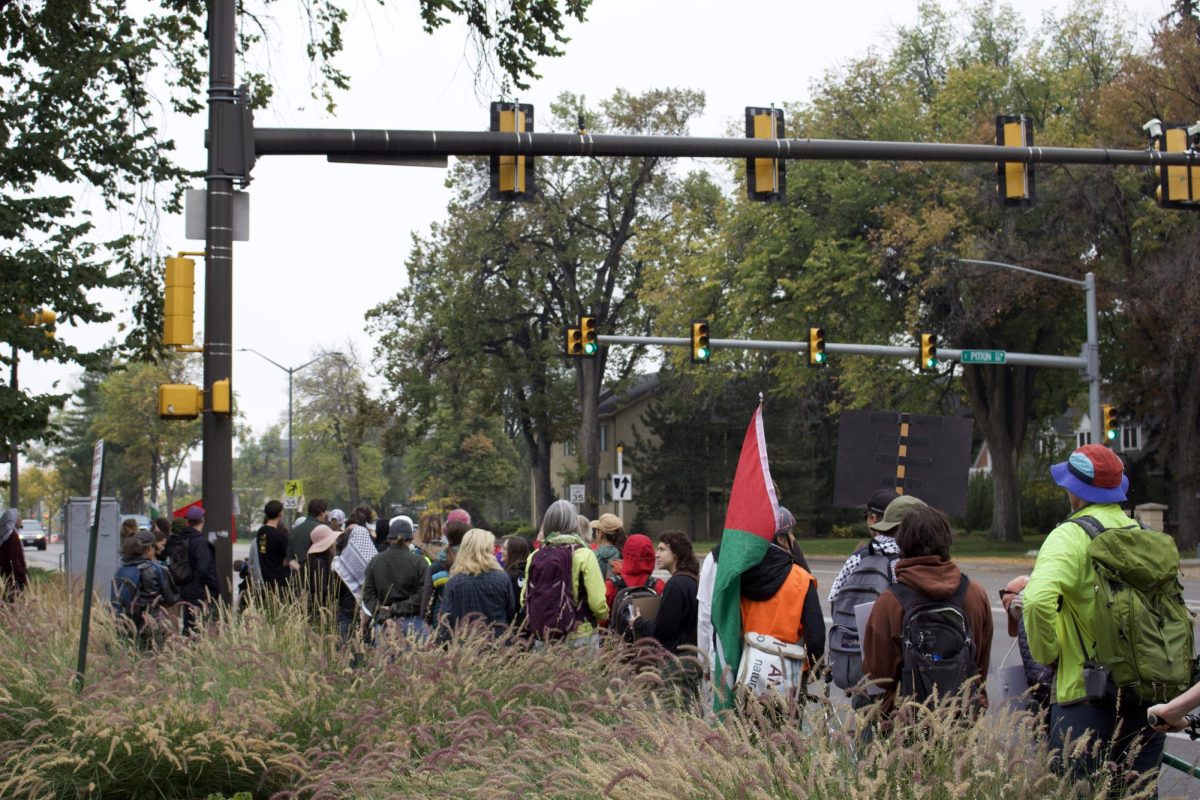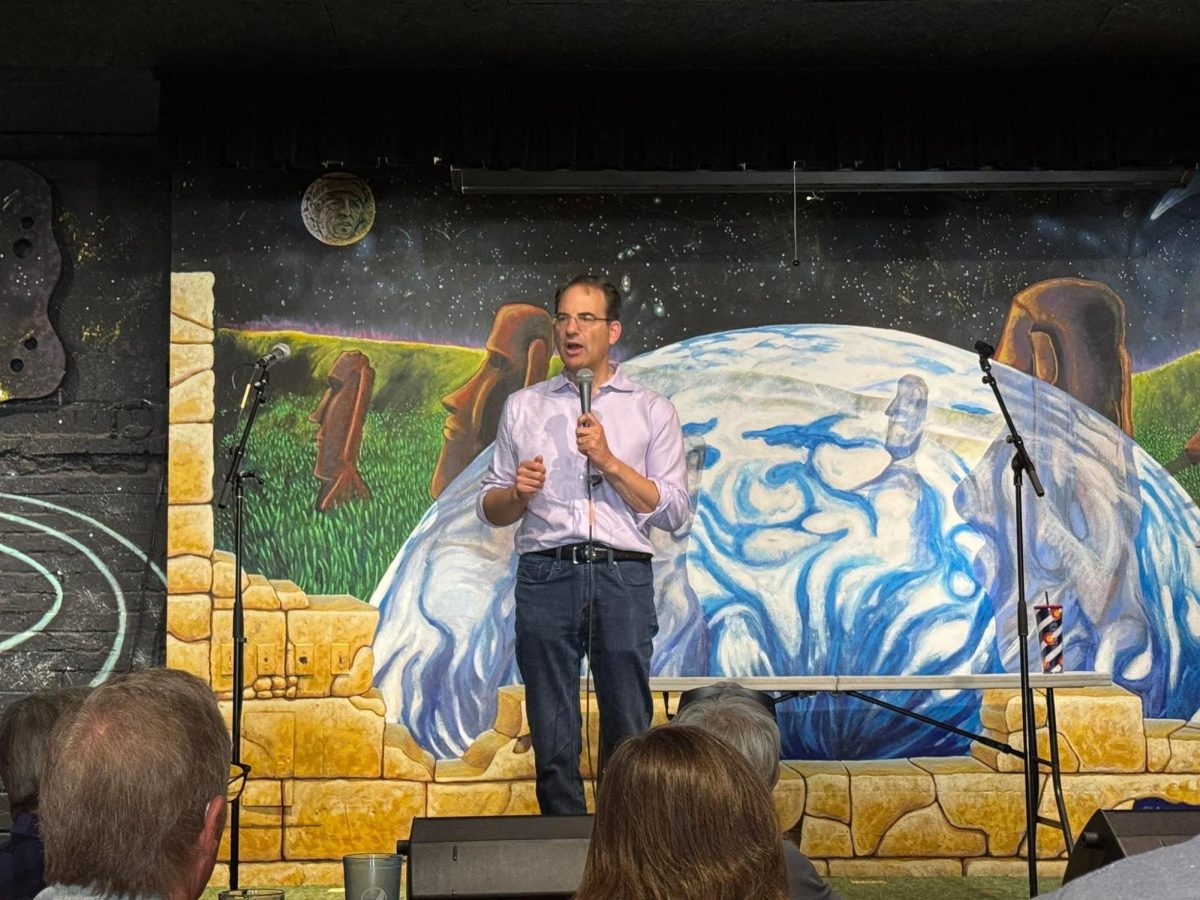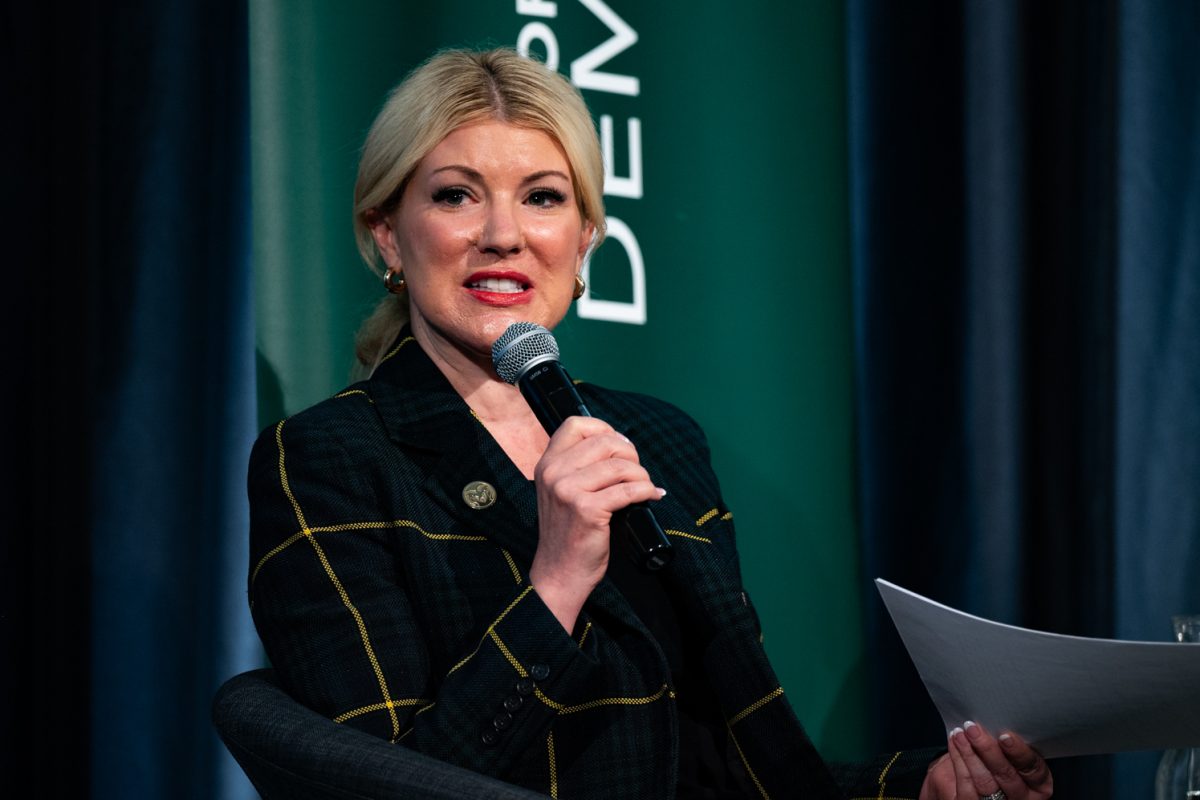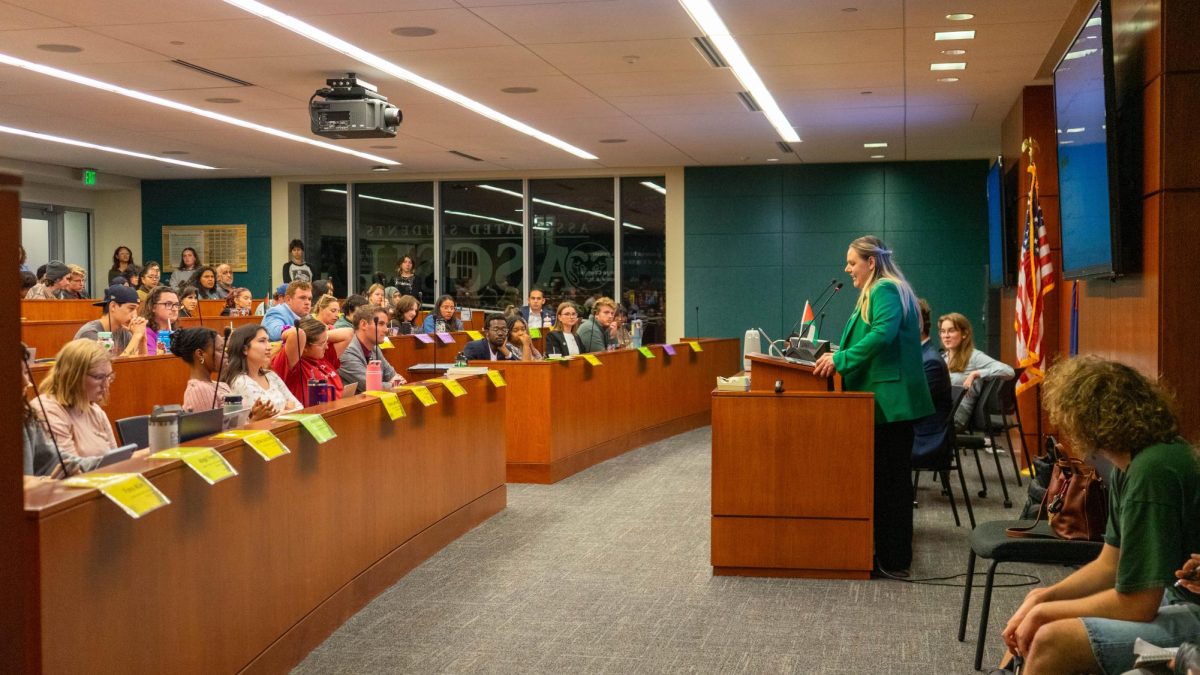Editor’s Note: Read the Spanish version of this article here.
Known for hosting 99% of students in at least one class throughout their Colorado State University career along with its notoriously historic design and structure, the Andrew G. Clark Building is currently in the process of a revitalization project.
Many issues prompted Clark’s remodel, but one stands out the most to history department Chair Robert Gudmestad: the safety risk of hazardous materials within the structure.
“There is asbestos all around us, but it’s contained within the walls,” Gudmestad said. “You’ve got to make sure that the asbestos doesn’t get out into the air, and so technically, we’re not even supposed to drill into the walls.”
Michael Seman, an assistant professor of arts management for the College of Liberal Arts, talked about his experience with the building’s temperature fluctuations.
“My office also completely lacks any sort of climate control,” Seman said. “One national event I was invited to speak at over Zoom found me delivering a talk as the temperature in my office soared to 88 degrees.”
Faculty who work in Clark said the quality of the building is so poor that directing newcomers to the building is often discouraged.
“I’ve heard that when prospective students come to visit CSU, the tour guides don’t take them on a tour of Clark,” Gudmestad said.
Built in 1968, Clark is due for a much-needed update, but the revitalization project requires the displacement of many CSU faculty and graduate students.
“This is going to be a place that you’re going to want to show off to new students because it’s a place where they’re going to want to come and learn, I mean, that’s the ultimate goal.” – History department Chair Robert Gudmestad
Departments such as anthropology and geography have already undergone their move from Clark to another building on campus. A majority of the departments was moved to the General Services Building. While relocating a department requires a lot of work, anthropology and geography department Chair Michelle Glantz said being ahead of the game is key.
“I felt strongly that we needed to be proactive about the move rather than reactive,” Glantz said.
Gudmestad said faculty within the history department will be moving to modular trailers, where they will remain for the next three years. This means that due to limited space, individual faculty members will temporarily lose their personal spaces within the department.
“It’s going to be two faculty to an office,” Gudmestad said. “That could be good and bad. One of the concerns is sometimes we have to have private conversations with students.”
While the majority of the history department will be moved southwest of Clark, it remains unknown where the department’s graduate students will be relocated. As a result, one of Gudmestad’s main concerns is what communication between faculty and graduate students will look like if the department is split up.
“We need to communicate with our graduate students, so obviously if they’re separated from us, we’ll still be able to communicate with them, but it’ll make things more difficult,” Gudmestad said.
Glantz shared similar concerns regarding faculty connection and communication within her department, but she has come up with a solution.
“We have these bi-monthly ‘chat and chomps’ where the department orders pizza or donuts,” Glantz said. “It’s just a very informal way for faculty to reconnect if they’re in an office that isn’t in GSB.”
Despite the many challenges faced when relocating, CSU faculty had good things to say about those in charge of the revitalization plan.
“We’ve been meeting about its design, bringing faculty issues as well as student issues to the architects, and they’ve been amazing,” Glantz said. “I have no complaints about the process. It’s been great.”
The Clark revitalization project is set to be completed in three to four years. With the new building, there is promise of better teaching spaces and, overall, a more welcoming, enjoyable place to learn.
“This is going to be a place that you’re going to want to show off to new students because it’s a place where they’re going to want to come and learn,” Gudmestad said. “I mean, that’s the ultimate goal.”
Reach McKenna Van Voris at news@collegian.com or on Twitter @mckenna_vv.



